Did you know the U.S. sees over 1,000 tornadoes each year? It’s the country hit the most by these storms. This shows how unpredictable threats can be, whether they’re natural disasters or conflicts that could lead to an invasion.
With global stability at risk, it’s key for people to learn survival skills and emergency plans. The U.S. military’s role in helping during disasters is vital. They use their resources to aid in emergencies, showing the need for early survival planning1. Knowing how to survive an invasion can help protect you and your loved ones.
Key Takeaways
- Understand the reality of threats like natural disasters and potential invasions.
- Survival skills are essential for personal safety and preparedness.
- The U.S. military plays a crucial role in public safety during emergencies.
- Building an effective emergency preparedness plan is critical in navigating crises.
- Knowledge of resource management and bartering can enhance survival chances.
Understanding the Risks of an Invasion
The risks of invasion to the United States have grown due to various geopolitical factors. Tensions with countries like Russia and North Korea show a complex web of global conflict scenarios. These can escalate quickly. Historical events show how foreign military actions can rapidly progress from threats to full-scale engagement.
Recent analysis shows that international relations can lead to unexpected military confrontations. Examining these U.S. military threats can help prepare for possible invasions or conflicts. For example, between 2014 and 2022, Russian ambitions shifted from influencing Ukraine to seeking its complete destruction. This reflects a significant risk for U.S. interests in Europe and NATO2.
The changing landscape of military service in America presents additional concerns. Currently, less than 2% of Americans serve in the armed forces. About 71% of young Americans aged 17 to 24 are ineligible for military service3. This indicates a declining propensity to safeguard national interests through active military engagement. This could exacerbate vulnerabilities amid rising tensions.
Analyzing these factors allows for a more profound awareness of the risks of invasion. The U.S. has become increasingly reliant on foreign manufacturing for military equipment. This further complicates its defense posture. The combination of these dynamics points to an urgent need for preparedness as potential adversaries rise to prominence on the global stage.
Essential Emergency Preparedness Tactics
Being ready for emergencies is key when facing unknown dangers. Having essential supplies like food, water, and first aid kits is crucial. Knowing how to find and purify water is also important. This ensures you have a steady supply when needed most4.
Survival gear is vital. Your emergency kit should have tools for building shelters. Learning to make lean-tos and debris huts keeps you safe4. Skills like fire building are also essential for warmth, cooking, and signaling.
Knowing first aid can save lives in emergencies. Basic skills in trauma care and CPR are critical5. Having the right supplies for first aid boosts your readiness.
Learning to navigate with maps and compasses is also important. It helps you find your way without technology. Being aware of your surroundings is key to staying safe and finding what you need5.
Survival Skills You Need to Know
To survive in tough outdoor situations, learning key survival skills is vital. Knowing how to find shelter and purify water can greatly improve your survival chances. About 90% of survival situations involve injuries, so first aid knowledge is crucial to prevent further harm and save lives6. Knowing CPR can also significantly increase survival rates, especially in sudden cardiac arrest6.
Building a fire is a basic survival skill, as 80% of survival situations need fire for warmth, cooking, and protection7. Also, 95% of natural water sources can be risky due to parasites and bacteria, making water purification essential7. Skills like knot tying help in building shelters and snares, boosting survival chances by 70% in wilderness7.
Finding edible plants is important for food, with about 60% of plants potentially available in everyday surroundings7. People can survive for about three weeks without food, but having fishing and trapping skills can provide a reliable food source with less effort7. Knowing about medicinal plants is also key for treating injuries, as over half of wilderness deaths are due to exposure8.
Survival skills help build self-reliance, improving situational awareness and resource assessment. This allows for better decision-making in emergencies8. Learning about wild foods can provide essential nutrition in survival situations8. It’s important to remember that skills are often more important than gear, as equipment can be lost or absent in survival situations8.
It’s important to practice these outdoor survival techniques to build confidence and improve skills. Hands-on experiences can help solidify understanding and application of these critical skills provided here.
Creating a Survival Plan
Having a solid survival plan is key for staying safe in emergencies. It’s important to know where to go if you get separated. Make sure everyone knows how to reach each other and has a way to get out of danger quickly.
Give each family member a role to play in the plan. This makes everyone feel more responsible and ready. For example, one person can learn first aid, while another focuses on communication tools.
Learning survival skills makes your plan better. Knowing how to build a shelter and start a fire is crucial. These skills help keep you warm, cook food, and even signal for help.
| Survival Skill | Importance |
|---|---|
| First Aid Techniques | Prevents complications or stabilizes victims until further help arrives9. |
| Water Purification | Essential to prevent waterborne illnesses during survival situations10. |
| Building Shelters | Critical for maintaining body temperature and avoiding hypothermia9. |
| Knot Tying | Helps in building shelters, setting snares, and creating survival tools10. |
| Finding Food Sources | Involves understanding safe food sources to maintain nourishment9. |
Putting all these pieces together makes a strong survival plan. Knowing your role helps everyone respond better to emergencies.
Choosing the Right Survival Gear
Choosing the right survival gear is key for anyone preparing for an invasion. Knowing what gear to include can greatly improve your chances of survival. Important items include tactical backpacks, first aid kits, water purification systems, and self-defense tools.
Research shows that 95% of outdoor adventurers value preparation and planning for a safe experience11. They make sure they have the right gear for different situations. For example, 85% find navigation tools like maps, compasses, and GPS devices crucial11. These tools help navigate when technology fails.
Access to safe water is also vital; 80% of adventurers stress the need to find and purify water11. Using water purification tablets, a pump filter, or a portable system is wise. Knowing first aid and CPR can also save lives, especially in emergencies12.
When night falls or bad weather comes, 70% of adventurers focus on building a shelter11. Having the right gear, like a rain poncho or emergency blanket, keeps you safe and comfortable. Fire-building is also key; having multiple ways to start a fire is essential13.
For both short and long survival situations, having a detailed gear list is crucial13. This list should include items for warmth, food, and emergency signaling. Knowing your gear well prepares you for survival and prevents risks. Lastly, having extra gear ensures you have what you need when you need it13.
The Importance of Survival Training
Survival training is key for learning how to handle emergencies. It teaches us first aid, which can save lives until help arrives14. It also helps us deal with stress and anxiety by connecting with others who are also learning15.
It’s not just about physical skills; it also boosts our mental strength. Learning CPR, for example, can save up to 12% of lives in cardiac arrest14. As we practice, we become more confident and make better decisions in tough times15.
Fire-building is a critical skill for survival, used for warmth, cooking, and water purification16. Navigation skills are also vital to avoid errors that can complicate rescue efforts. In fact, navigation mistakes can lead to 13% of search and rescue issues14.
Survival training also improves teamwork, communication, and how we manage resources. It helps us work together better and build a sense of community, which is crucial in emergencies15. Courses cover both modern and ancient survival techniques, preparing us for any situation15.

Building Bushcraft Skills for Self-Sufficiency
Bushcraft skills are key to living off the land. They help people connect deeply with nature. Fire-making and building shelters are crucial for staying safe and warm17.
Learning to find and use clean water and food is also vital17.
Doing activities at home can improve bushcraft skills. Finding wild foods in your backyard boosts confidence in plant use18. Activities like archery make outdoor skills fun for families18. Using a fire pit or BBQ grill is a safe way to practice fire-making18.
Mastering sharp tool skills is also important. Knife safety and carving are essential but often overlooked18. Setting up shelters with tarps or tents teaches practical skills18.
Doing DIY projects, like making cooking tripods or torches, boosts self-reliance18. Bushcraft should always follow Leave No Trace principles to protect nature. This way, we can enjoy the wilderness responsibly17.
Using the right tools is crucial for bushcraft. The Morakniv 840 Companion knife and Bahco Laplander saw are favorites for their reliability19. A pocket-sized sharpening stone and first aid kit are also essential19.
Practicing bushcraft skills improves survival chances and deepens love for the outdoors. It’s a journey that builds resilience and self-reliance.
Strategies for Bartering and Resource Management
In times of crisis, communities often turn to bartering when money is no good. The barter system has been around since 6000 BC, used by Mesopotamian tribes20. Good bartering strategies help you survive and help your neighbors. You need to know the value of what you trade, which can change.
Understanding how to manage resources through bartering is key. In hard times, like Greece in the 2010s, bartering helped people share what they had20. In cities, people with special skills, like fixing things, have more power in bartering21.
Building strong community ties helps everyone survive. This is clear after big events like Hurricane Katrina, where bartering was crucial in New Orleans21. It builds a culture of helping each other.
Also, online barter platforms have popped up, helping people trade while staying safe during the COVID-19 pandemic20. Knowing how to use these platforms is important for managing resources well.
Learning survival tips about bartering is a safety net. The Suez Canal blockage in March 2021 showed us the need to be resourceful20. Communities that barter can do well, even when things get tough. It’s a way to go back to basics, focusing on people over money.
Conclusion
Understanding the risks of potential invasions is key to staying safe. This article has stressed the need for a survival mindset and essential skills. It’s also important to keep learning and practicing these skills.
Currently, 60% of people want to improve their survival skills for all kinds of situations, not just natural disasters22. This shows a growing interest in being ready for anything.
Building a strong community is also crucial. 45% of people are working on support networks to get ready22. Being part of community meetings helps everyone work together and stay strong during tough times.
Practicing survival skills through drills and challenges is also vital23. It makes sure you can apply what you’ve learned in real situations.
Being self-reliant takes time and effort. It means being physically and mentally strong and always learning new survival techniques. By focusing on a survival mindset and community efforts, we can all be better prepared for emergencies23.
FAQ
What are essential survival skills I should learn for an invasion scenario?
Key survival skills include finding shelter and purifying water. You should also know how to identify edible plants and use basic navigation. These skills are crucial for staying safe.
How do I prepare an emergency kit?
Your emergency kit should have non-perishable food and clean water. Don’t forget a first aid kit, necessary medications, and a multi-tool. Add a flashlight, batteries, and a portable water purification system. Customize it to fit your needs.
Why is it important to have a well-structured survival plan?
A good survival plan helps you find safe places and communicate effectively. It also shows escape routes. This plan makes sure everyone knows their role in an emergency.
What survival gear should I have on hand?
Essential gear includes tactical backpacks and first aid kits. You’ll also need fire-starting tools, water purification systems, and self-defense items. Choose gear that’s functional, durable, and meets your survival needs.
What should I look for in survival training programs?
Look for programs that teach practical skills like first aid and navigation. Outdoor survival and self-defense tactics are also important. Choose programs with experienced instructors for the best learning.
How can bushcraft skills enhance my survival preparedness?
Bushcraft skills, like fire-making and foraging, make you self-sufficient outdoors. Learning these skills boosts your confidence and survival chances in an invasion.
What are effective strategies for bartering in survival situations?
Good bartering involves knowing your items’ value and negotiating fairly. Building community relationships is also key. These skills help manage resources and support yourself and neighbors in crises.
Source Links
- We Prepare. You Should, Too.
- Institute for the Study of War
- FACTS ARE STUBBORN THINGS: THE DANGERS OF A PROTRACTED WAR WITH CHINA
- Survival Skills Every Tactical Enthusiast Should Know • Chase Tactical
- 11 Survival Skills That Could Save Your Life | Red Cross
- 11 Survival Skills That Could Save Your Life | Red Cross
- 8 Basic Survival Skills You Can Learn in Your Own Backyard
- Wilderness Survival Guide – modern and primitive skills
- 11 Survival Skills That Could Save Your Life | Red Cross
- Wilderness Survival Skills Survival skills and bushcraft for the modern survivalist
- 10 essential outdoor survival tips | Nuvance Health
- 11 Survival Skills That Could Save Your Life | Red Cross
- Survival Gear List: The Survival Essentials
- 11 Survival Skills That Could Save Your Life | Red Cross
- 10 Reasons to Take a Survival Class at TSU – The Survival University
- 5 Basic Survival Skills » Wilderness Awareness School
- Bushcraft Basics: Essential Skills for Wilderness Survival
- Backyard Bushcraft Skills: No Wilderness Required
- Getting Started With Bushcraft: Kit Considerations For Beginners
- The Revival of Barter
- “The Power of Bartering:
- Conclusion and Next Steps in Your Survival Journey – Survival Mastery: Be Ready, Stay Safe
- Survival Skills Every Tactical Enthusiast Should Know • Chase Tactical

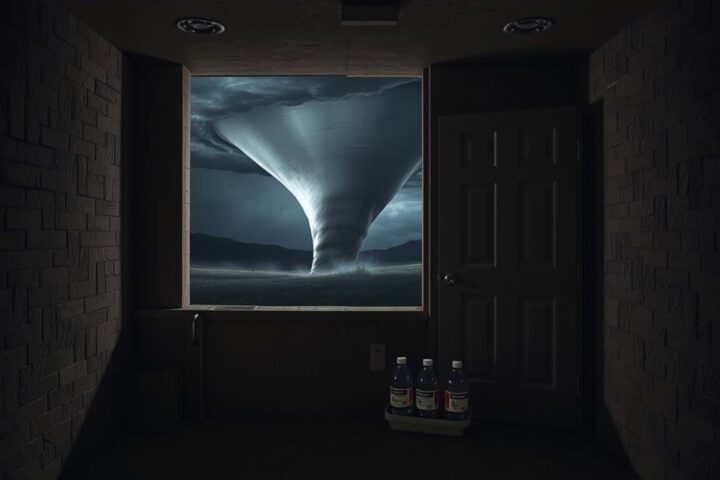

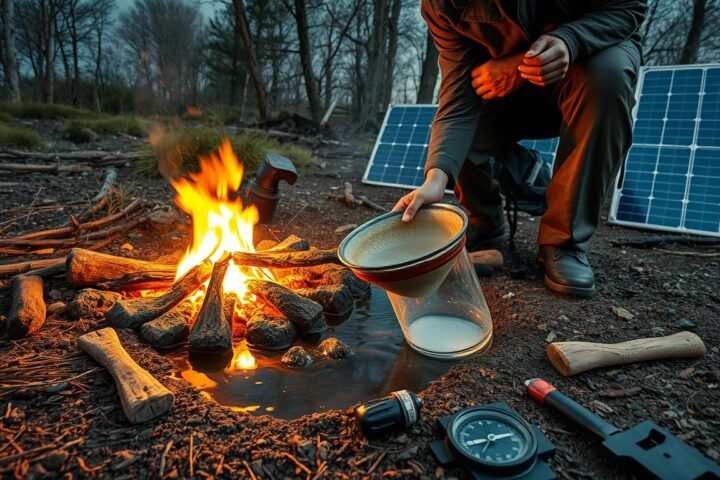
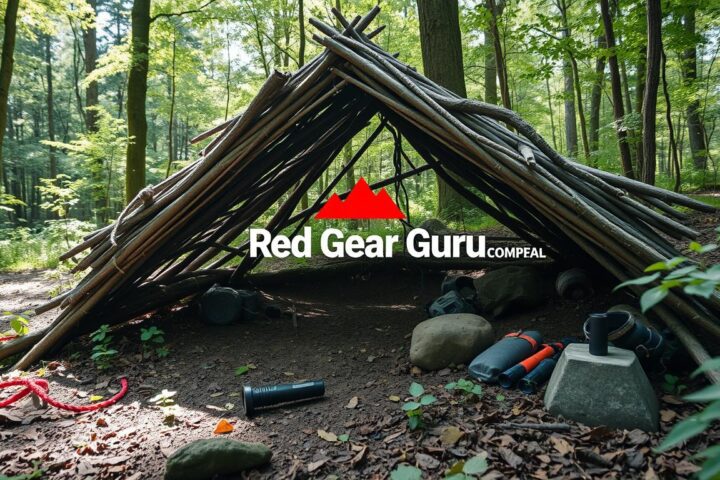




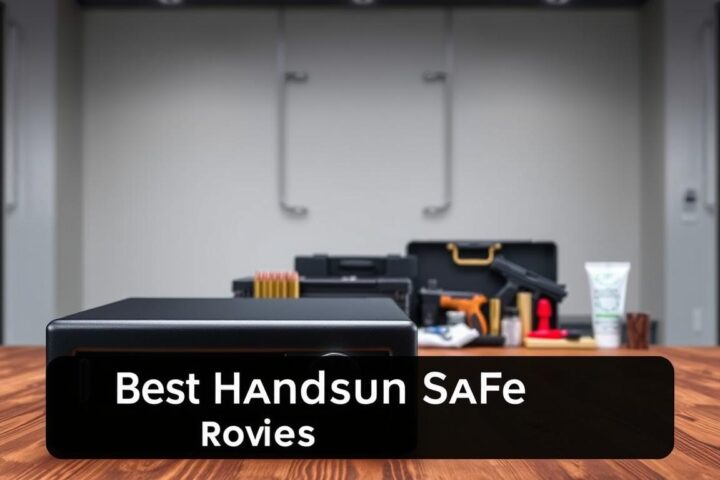




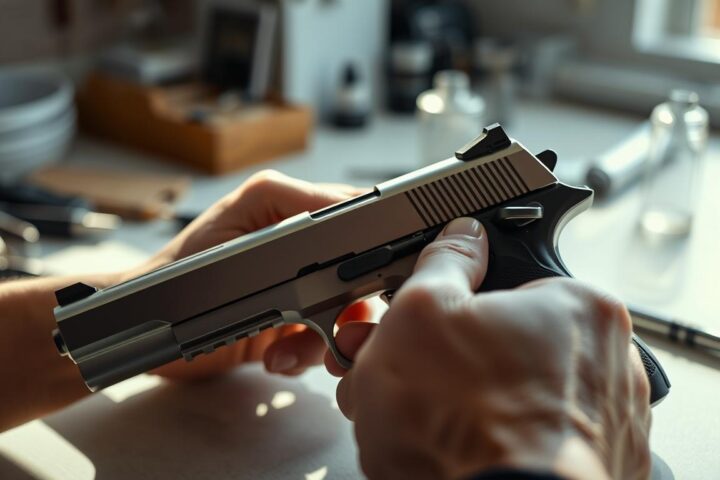


Terrific work! This is the type of info that should be shared around the web. Shame on Google for not positioning this post higher! Come on over and visit my site . Thanks =)
07mw43
Hello there, You have done an excellent job. I will certainly digg it and personally recommend to my friends. I’m confident they’ll be benefited from this web site.
o7glni
zrmkhg
https://honda-fit.ru/forums/index.php?autocom=gallery&req=si&img=7035